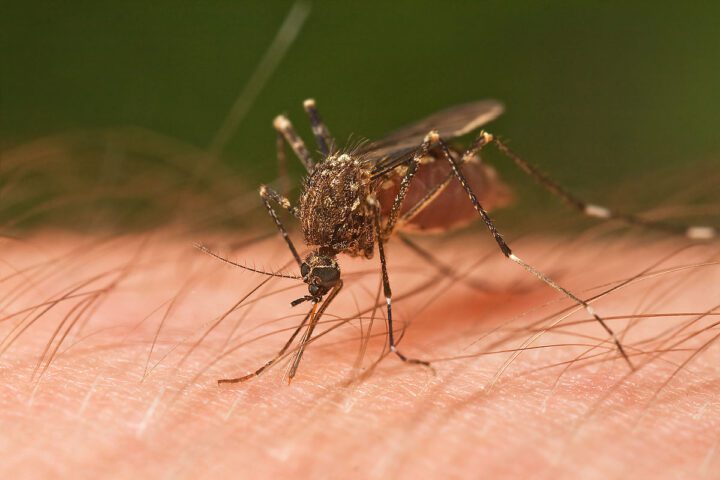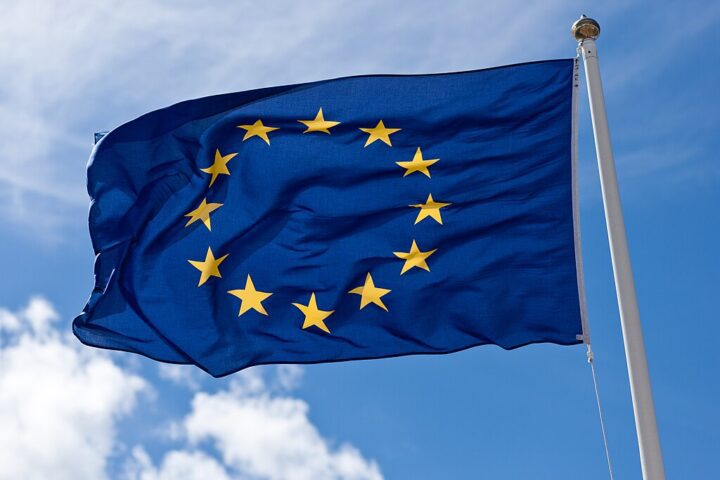A dangerous variant of Salmonella continues to threaten cattle herds worldwide despite years of control efforts. Salmonella Dublin, a bacteria that causes severe illness in cattle and can be fatal to humans, remains persistent in dairy farms across the globe while its economic impact on farmers often goes undetected.
Denmark launched a national eradication plan in 2008 that successfully reduced infection rates in Danish cattle herds from 25% to around 5%. However, the situation is worse elsewhere, with infection rates reaching approximately 18% in the United States and as high as 60% in the United Kingdom.
“Salmonella Dublin is not just a serious threat in the barn. Globally, it is a potential public health risk that is likely to grow as antibiotic resistance spreads,” warns Dagim Belay, Assistant Professor at the Department of Food and Resource Economics at the University of Copenhagen.
Unlike common Salmonella found in chickens, Salmonella Dublin primarily affects cattle. It causes pneumonia, blood poisoning, and abortions, killing thousands of calves and cows annually. The bacteria is particularly dangerous for young calves aged 2-12 weeks, who typically develop respiratory disease rather than the diarrhea commonly associated with other Salmonella types.
What makes this disease especially concerning is its ability to hide in seemingly healthy animals. Many herds carry the infection without showing obvious symptoms, allowing the disease to spread silently.
“The tricky thing about Salmonella Dublin is that it often flies under the radar. Many herds are infected without visible symptoms, meaning both the disease and the economic losses can develop gradually without being noticed,” explains Belay.
A new study from the University of Copenhagen reveals significant hidden financial costs for farmers. Cattle farms with high infection levels face average additional annual costs of around €11,300 ($12,400). Even herds with low-level infections incur substantial losses – about €6,700 ($7,350) yearly for a typical 200-cow dairy farm.
These financial losses come from increased calf mortality, lower milk production, higher medication costs, and more veterinary treatments. The economic burden persists even when infection levels appear controlled.
Similar Posts
The study highlights a key problem with Denmark’s current monitoring system, which measures antibody levels in milk tanks and considers herds “salmonella-free” when levels fall below a certain threshold. However, research shows production losses occur even at infection levels below this arbitrary cutoff point.
Salmonella Dublin also poses a threat to human health. Though it infects humans less frequently than other Salmonella types, it’s significantly more dangerous, with a fatality rate of up to 12%, particularly in vulnerable populations like the elderly, children, and those with weakened immune systems. Denmark records 20-30 human cases annually.
Making matters worse, the bacteria is often resistant to multiple antibiotics, complicating treatment in both animals and humans. A recent Brazilian study found nearly half (48.9%) of Salmonella Dublin samples showed multi-drug resistance, including resistance to common antibiotics like penicillin (48.9%), tetracyclines (42.2%), and fluoroquinolones (33.3%).
To combat this persistent threat, researchers suggest several approaches. Jakob Vesterlund Olsen, Senior Advisor at the Department of Food and Resource Economics, recommends “stronger incentives for farmers who invest in prevention, early detection and control measures, or introducing a discounted milk price for milk from chronically infected herds.”
The scientific community is responding to this challenge. In February 2025, researchers from the University of Edinburgh and Quadram Institute received a £1.1 million ($1.3 million) grant from the Biotechnology and Biological Sciences Research Council to investigate Salmonella Dublin. The project, running until January 2028, will explore the genetic and phenotypic variations within the bacteria to better understand how it moves from cattle to humans.
Dr. Prerna Vohra from the University of Edinburgh emphasized the importance of this research: “This grant will be instrumental in improving global One Health by enhancing our understanding of the virulence mechanisms of Salmonella Dublin.”

The project will analyze over 80 bacterial strains from cows and humans, isolated in England, Scotland, Germany, and the United States, with the aim of developing better surveillance methods, control programs, and potential vaccines.
As antibiotic resistance continues to rise globally, improved control strategies for Salmonella Dublin will be essential for protecting both animal welfare and public health in the years ahead.


















